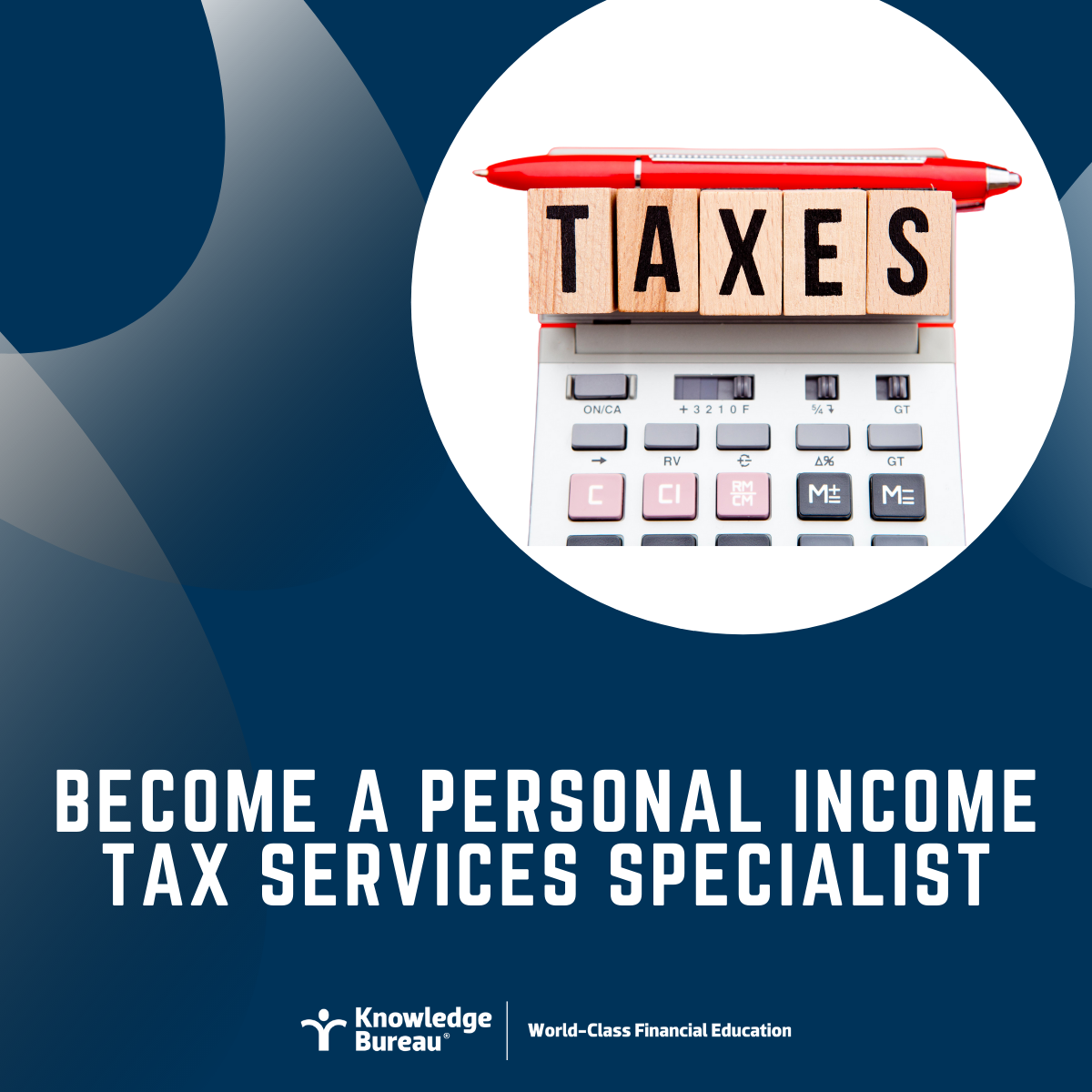Last updated: February 17 2021
CRA Double Dip: Home Renos and Medical Expenses

Evelyn Jacks
When alterations are made to a home to allow a taxpayer or a dependant be more mobile or functional within the home, it’s possible to accomplish a rare, and legal double-dip on the 2020 tax return. Specifically there are two tax provisions to look to for tax savings.
First, when alterations or renovations are made to a dwelling to allow a taxpayer who is either over the age of 65 or disabled (as verified by a Disability Tax Credit on form T2201) it is possible to claim the Home Accessibility Tax Credit. This is a federal non-refundable credit of 15 percent of the lesser of the costs of the renovations and $10,000; in real dollar terms a maximum of $1500. Claims for the Home Accessibility Tax Credit must be made in the year that the expenses are incurred. They are claimed on the Worksheet for the Return; a part of your 2020 T1 forms package.
If the second criteria is met, that is, the taxpayer is disabled, those same renovations may qualify to be claimed as a medical expense. But that can be the more complicated claim. Here’s  why.
why.
Claims for medical expenses, though, may be made for any 12-month period ending in the tax year. Where the medical expense claim period crosses the year end, the Home Accessibility claim may be in one year and the medical expense claim in another. Also, the claims may be different because medical expenses are reduced by 3% of net income or a maximum of $2397 in the 2020 tax year.
Examples of home renovations that would be eligible for both credits include the costs of:
- installing entrance and exit ramps
- widening doorways
- lowering shelves
- modifying kitchen cabinets
- moving electrical outlets
However, where the expenses are actually paid by a supporting person – that is, someone who claims the Canada Caregiver Amount for the lower-income taxpayer – the claims may be made by that supporting person.
It’s worth mentioning that the Disability Amount, which applies if the disabled person is markedly restricted in their daily living activities, is one of the most lucrative non-refundable tax credits. As mentioned, it requires Form T2201 Disability Tax Credit, signed by a nurse practitioner or qualified medical practitioner. But it is a claim of $8576 in 2020 for adults and up to $5003 more for disabled children, depending on the amount of child care expenses claimed.
Another thing to keep in mind: disabled taxpayers who have no supporting person, but who have at least $3,714 of earned income in 2020 may also claim up a refundable amount of up to 25 percent of the medical expenses under the Refundable Medical Expense Supplement.
Disabled taxpayers might also qualify to claim the Disability Supports Deduction to offset their income, although that could affect the RMES claim.
Bottom line: it really pays to get help from a DFA-Tax Services Specialist when there is a disabled person in the family. This highly qualified specialist can prepare the tax return using a variety of several different “what if” scenarios to demonstrate the maximum benefit for the household in these cases.

